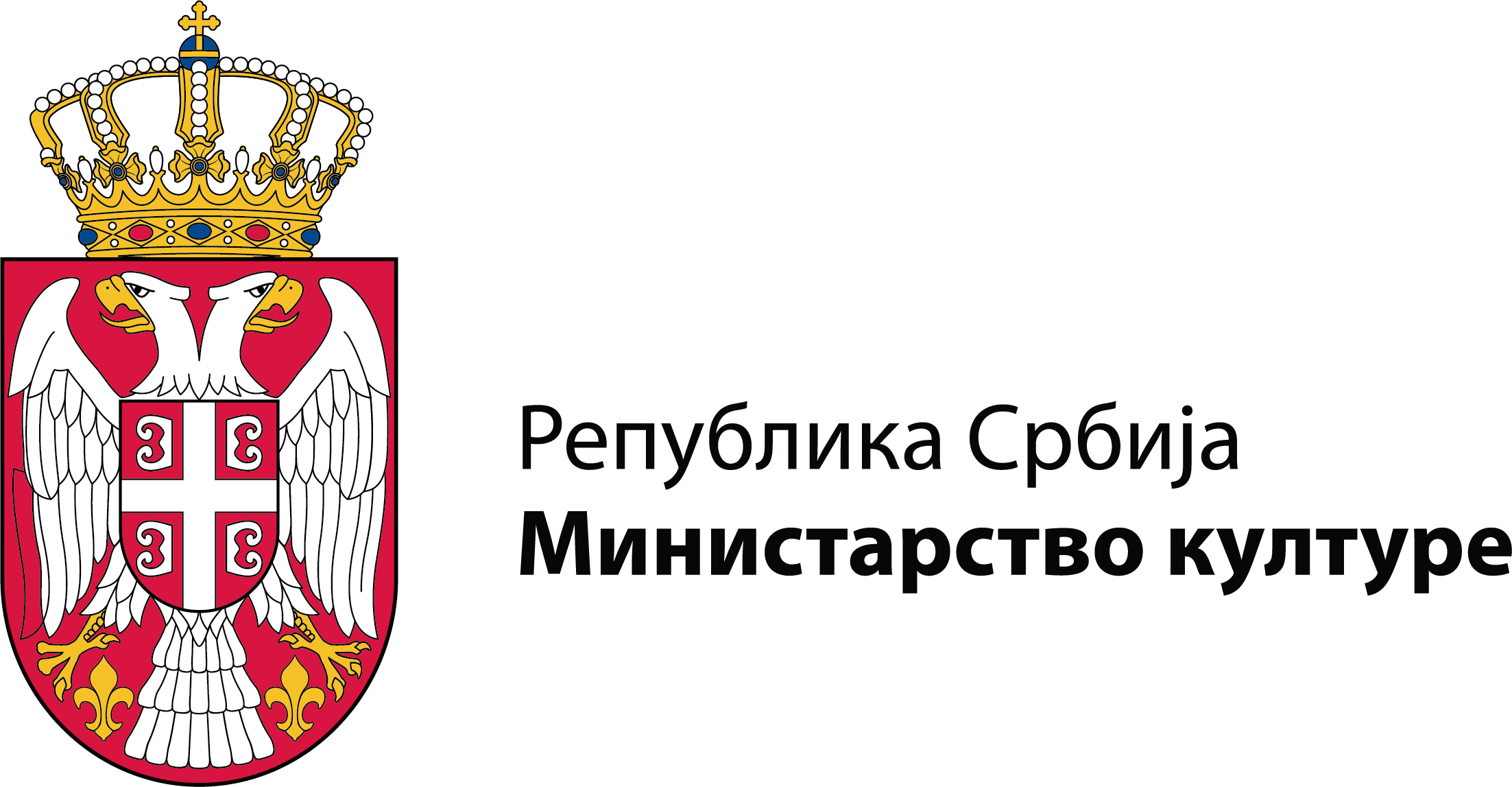Until the first decades of the 20th century, the folk costumes of the Serbs in Kosovo and Metohija were made from almost the same type of home-made materials.
It was hemp, linen and cotton cloth, woolen cloth of white and brown colors, decorated with woven stripes and finely complex geometric ornaments. For the production of certain parts of clothing and footwear, processed and unprocessed leather was used.
The use of red wool and thread, dark and light shades, woolen cord, but also a large amount of other decorative material, as well as the stylized rich geometric ornamentation used in the decoration of clothing items, make the costumes of the Serbs in Kosovo and Metohija to be considered the most beautiful part of the body of Serbian costumes in the entire Balkan area in terms of beauty and expressiveness.
From the 1920s, elements of the Serbian military uniform can also be observed in the male folk costume of Serbs in Kosovo and Metohija - wearing hat šajkača and breeches (military riding pants, widening from the knee to the waist) instead of the old Balkan-type čakšire.
The collection has about 2,000 items.
The curator in charge of the collection is Jelena Tucaković, curator: jelena.tucakovic@etnografskimuzej.rs
The use of red wool and thread, dark and light shades, woolen cord, but also a large amount of other decorative material, as well as the stylized rich geometric ornamentation used in the decoration of clothing items, make the costumes of the Serbs in Kosovo and Metohija to be considered the most beautiful part of the body of Serbian costumes in the entire Balkan area in terms of beauty and expressiveness.
From the 1920s, elements of the Serbian military uniform can also be observed in the male folk costume of Serbs in Kosovo and Metohija - wearing hat šajkača and breeches (military riding pants, widening from the knee to the waist) instead of the old Balkan-type čakšire.
The collection has about 2,000 items.
The curator in charge of the collection is Jelena Tucaković, curator: jelena.tucakovic@etnografskimuzej.rs

